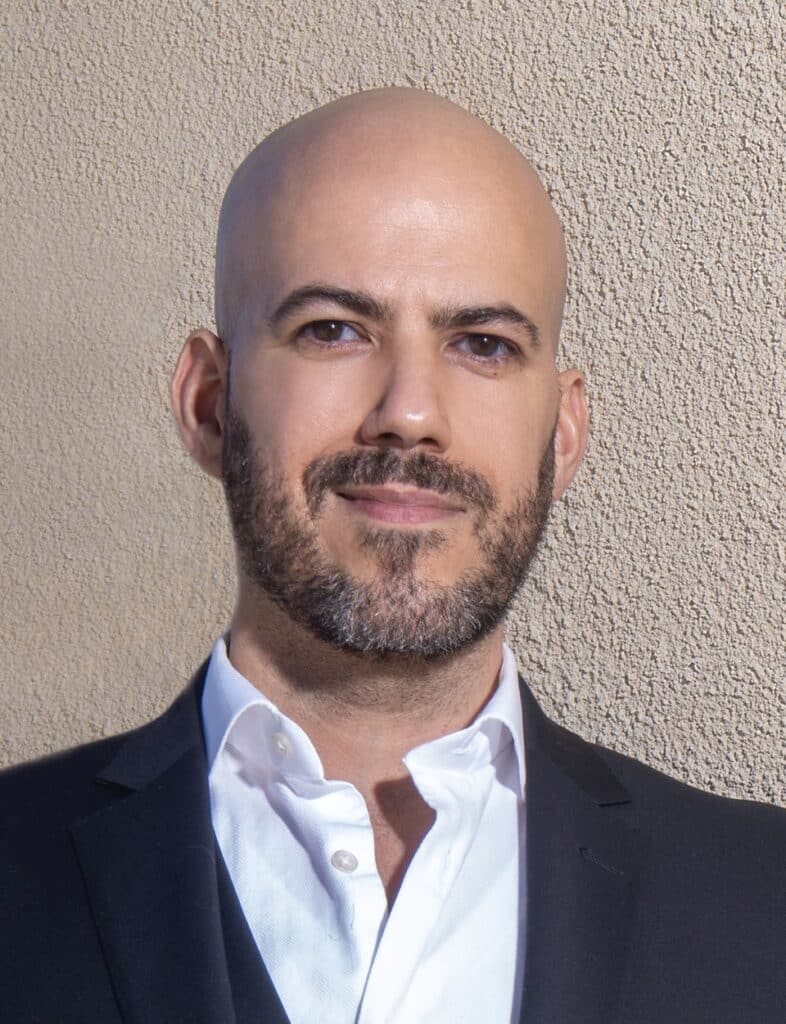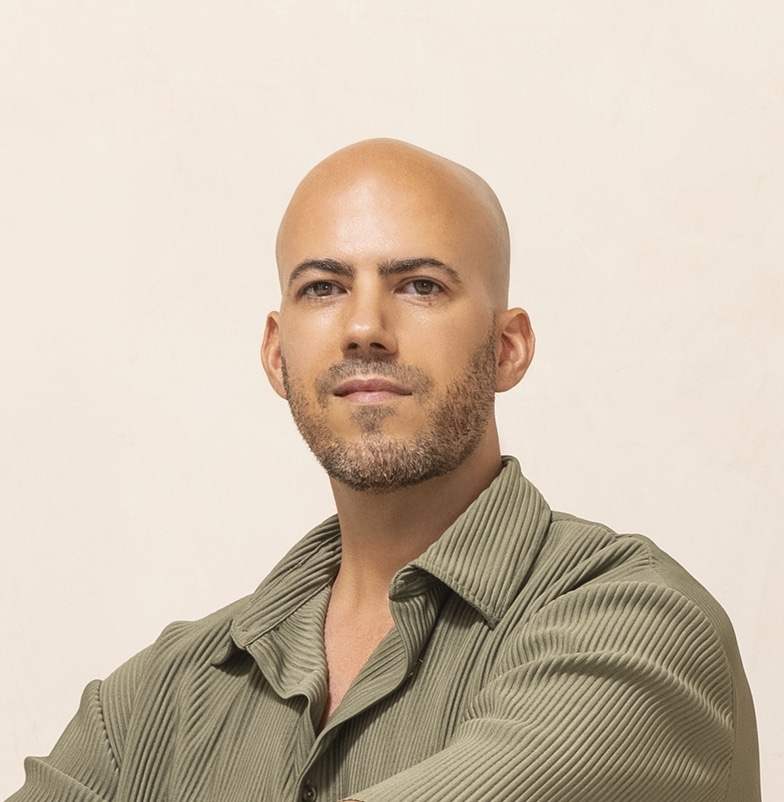*In the current landscape, personality and sincerity are often relegated as secondary items in the realm of social media influencers and the digital economy. Sex, skin and dance trends are what push the needle far too much.
However, with the assistance of a Social Influencer Management firm, something we didn’t know existed until the day of this interview, influencers have someone on their side to help them avoid the confusion, pitfalls and flat-out scams that many often have to weather before reaching a payday.
MORE NEWS ON EURWEB: Swizz Beatz and Timbaland to Produce ‘Verzuz’ Documentary with Lena Waithe

*Recently, EURweb.com spoke with Kyle Hjelmeseth, founder and CEO of G&B Digital Management. In the beginning, Kyle had to walk us through exactly what the hell it is he does for a living.
EURweb.com: I didn’t know that there were individuals representing influencers and who specialize in taking them to the next level. Please, tell me how that all came about.
Kyle: It’s a great question because I’ve been doing this for seven years. I like to tell people up front; I am not the person who saw the need. Christine and Chauntell do an amazing job of getting my wife and I featured and helping us build this empire together. I started managing my wife Stephanie within the space of influencers because she saw how I handled business and how I interacted with people. She really saw the need because she was getting a lot of inquiries. She had a blog and an Instagram account, and people were starting to come to her.
“As these inquiries came in, she looked to me and ask was it appropriate, what they were asking her to do, was it out of line and was it enough money,” he continued. “I just was kind of picking it apart, especially with the close proximity I had to my girlfriend at the time. We started to look as the inquiries as deals and how they were going to benefit her and what’s going to benefit the brand.”
EURweb.com: What are some personal traits you feel have helped you excel?
Kyle Hjelmeseth: I’m very gregarious, outgoing and I love to dote on the people around me. I was good at amplifying the best parts of my girlfriend. When she started making a lot of money back in 2014, I increased her revenue five times over. Then, some of her friends who were out there doing the same thing, fashion bloggers mostly, wanted me to help them make more money.
EURweb.com: So, how is the proverbial cake made? How do you decide who to work with and who not to?
Kyle Hjelmeseth: I literally talked to an agent who makes those kinds of deals yesterday. They make deals with brands, then they come to me and say ‘Hey, who do you have that fits this brand?’ In this field of social media, there are already millions of influencers.
The beautiful thing about influencer culture, and what’s been brewing on Instagram, Tik Tok and all these other sites, there’s no gimmick, in a sense. What I love about this space, and it’s been my experience for the last seven years, you get to see people show their real selves, like why they like to grow plants or a mom that we know who’s based in Florida, she is a DIY artist. She does big, bright, beautiful giant stages in her home.
As an artist, she just started sharing her story about using construction paper at home. Sort of crafting. Now she’s one of our highest-earning influencers. It’s not like she jumped on Instagram and started doing a lot of crazy things to stand out from the crowd. It’s about the authenticity of sharing who you are and what you love, and that really resonates with people.
You find that deeper connection and that’s what allows people to grow from 100 followers to 100,000 or 1,000,000 followers.
EURweb.com: Digital redlining is a thing. What are the challenges that face Black digital creators and what are the ways to alleviate those pressures?
Kyle Hjelmeseth: “That one’s deep. That’s something that I’ve really only become aware of in the summer of 2020. Obviously, it’s not a new phenomenon, but the way that I became aware of it is when around the time of George Floyd’s murder.”
“In that summer, in the conversations that started coming out of the social justice movements of the summer, and how they affected our spaces, we were getting into the big conversations about ‘Why aren’t there more Black influencers getting these bigger opportunities?’ ‘Why are white creatives paid more than Black creatives?’ ‘Why is there an influencer pay gap?’ All of a sudden, we could very glaringly see that white creatives were getting paid more than Black creatives.”
“We argue just as vigorously for our Black clients as we do for our white clients,” he explained. “So, this pay gap wasn’t exposed to me. When I spoke to my wife about these issues, she brought up a really sincere point to me.”
“Over the years, we’ve been passing on a lot of Black and Brown talent. Not because they were Black and Brown talent, but because they just weren’t big enough. They didn’t meet the minimal threshold of the matrix we were using to evaluate.”
“At the time, it was follower counts. We were really focused on follower counts more than anything. All this talent she sent my way, they are fantastic content creators, they have really good voices, but they are not put on the same stage as the white influencer because they didn’t have as high a follower count.”
“Like, when I start reading about digital redlining, these concepts are connected. Like, the fact that the platform wasn’t pushing Black and Brown creatives as much as white creatives. What we’re talking about when we discuss digital redlining is, at the core, means you don’t have equal access to something like the Internet. It means you’re not getting the same number of stories and the type of content creation that happens that has been attracting brand partners to influencers.”
“It’s a real problem. It’s not a problem that has gone away, in any meaningful way. But I think there’s been a lot more attention on it now.”

EURweb.com: Are some social media sites trying to do anything tangible about this?
Kyle Hjelmeseth: “What we’ve seen come out in the last couple of years, giving a little credit based on what I’ve seen, a lot of people were pointed the finger at Tik Tok as being part of problem for not pushing Black creatives and a myriad of other types of creators. There were all these stories about Tik Tok de-accelerating Black creators. I would say, here in 2022, they’ve flipped the story. They’re now a platform that kind of champions Black creators. There’s a lot more inclusivity to their platform.”
“They (Tik Tok) had a post on their site the other day talking about how Black and Brown people don’t take credit for trends that they promote on the platform. So, Tik Tok has this whole thing about giving credit to people who initiate the trends. When a white creator takes a trend from a Black creator and makes it viral, now they’re really pushing them to give credit to the originator. So, I do see change from the past couple of years, but it’s not like broadband is magically more accessible in communities of color than it was a couple of years ago.”
We Publish News 24/7. Don’t Miss A Story. Click HERE to SUBSCRIBE to Our Newsletter Now!






